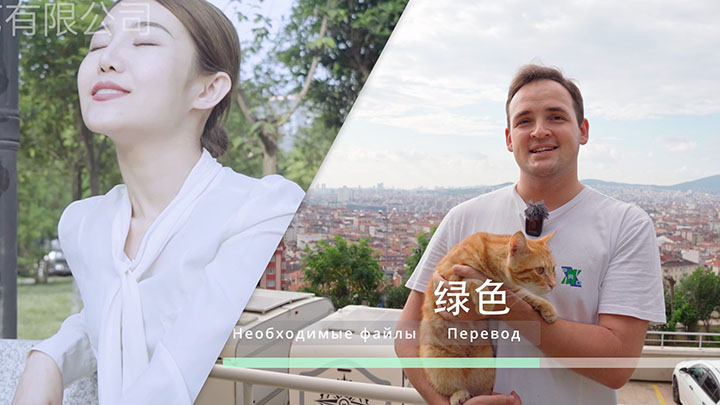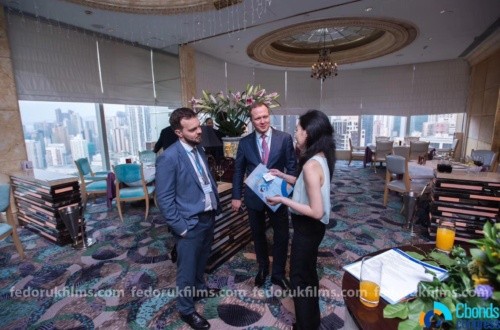
How to make a voice-over translation of a video
Hi all! And today I will tell you how we translated the voice-over for a Chinese commercial into Russian.
First of all, who will benefit from this:
If you want to take part in an exhibition of your products at the Expo Center. The video can be translated both from Chinese into Russian and from Russian into Chinese.
It will be much more interesting for potential clients to get acquainted with your products immediately on the spot through a video and immediately see them live.
Second. This video can be used for display on social networks, presentations and sent to your partners.
A good friend of mine approached me and said that he has clients who need to translate the voice-over of a video from Chinese to Russian.
Previously, I had already worked a lot as an interpreter at negotiations, Chinese factories, and exhibitions, but it was always consecutive, simultaneous interpretation. Translating the video seemed like a very interesting task to me.
To translate a video well, you need at least three main details:
- Original video in maximum quality (you can send the video via the cloud)
- Transcription of speech in text form in the original language. That is, everything that is said in the video needs to be printed, and if you don’t have such a file, then we can make it ourselves. We have native speakers on each side who will accurately type everything that is said in the video.
- Voiceover Music and Sound Effects
Next stage: Translation.
In this video, the information is presented in a slightly poetic language, and if everything is translated very literally, then a Russian-speaking viewer will have difficulty grasping the meaning. Therefore, we translated the material as accurately as possible, taking into account the context. For example 绿色 lǜsè. Usually this word means “green”, but in this case it means “environmentally friendly product”.
Next, I made subtitles so that when dubbing, Russian speech would be spoken at the right pace and its content would correspond to what is on the screen.
Then the sound recording stage. For these purposes, we hired a professional announcer with a high-quality microphone. I also had to choose a suitable voice.
Next is the installation stage. We overlay Russian speech. And no matter how it is recorded, it needs to be placed a little more precisely along the length of the video, so we trim it at the right moments. When everything is ready, we turn off the Chinese voice acting and add voice-over music and sound effects (if any)
That's all)





